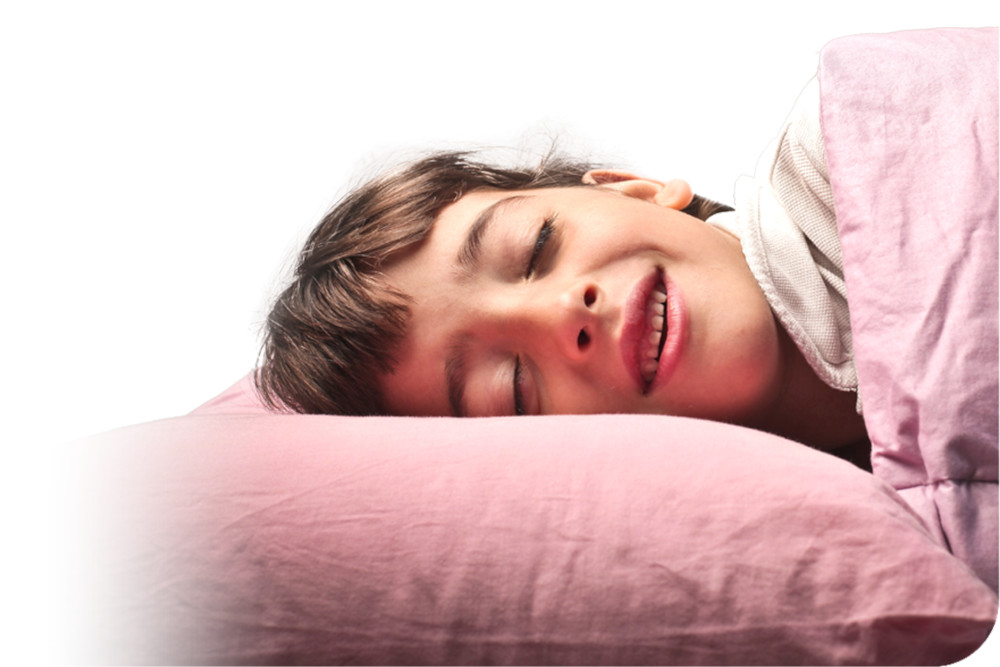

Scientists from Harvard Medical School have found that eating one medium orange a day may lower the risk of developing depression by about 20%.
“The effect seems to be specific to citrus,” comments Dr. Raaj Mehta, one of the researchers.
“Recent research has shown intriguing links between the gut microbiome, brain health, and mood,” explains Dr. Gary Small, chair of psychiatry at Hackensack University Medical Center, New Jersey.
“Consumption of citrus fruits can stimulate growth in the human gut of certain types of bacteria that influence the production of brain neurotransmitters which elevate mood. This offers a possible explanation for how eating oranges might lower future risk for depression.”
“Eating citrus fruit like oranges tied to 20% lower depression risk,” Medical News Today, Feb. 28, 2025.
Inattentive ADHD is linked with depression and is considered a rampant mental health problem. Even without this diagnosis, many of us struggle to stay focused in today’s overstimulating environments. Here are three simple ways to improve our attention span and complete tasks efficiently.
Decrease distractions: If you’re studying or working on something, try turning off your cell phone or placing it in another room. If you’re writing or working offline on your computer, disconnect from the internet.
Schedule breaks: Our brain tires after focusing for a long time. Scheduling short breaks within a study or work session gives it a chance to refresh.
Focus on one task at a time: Multitasking makes it impossible to give individual tasks the attention they need. If you have an important task, give it your full focus and complete it before moving on to the next.
“How to Increase Attention Span,” University of Rochester Medical Center Newsroom, Dec. 3, 2024.
Researchers at UCLA recently examined the release of microplastics from chewing gum.
Ten types of chewing gum—five brands each of natural and synthetic gum—were chewed by each study participant for 2‒20 minutes. The researchers collected and analyzed saliva samples at specific intervals during the chewing.
They found that each gram of chewing gum could release up to 637 microplastic particles, with 94% released within the first eight minutes of chewing. Synthetic and natural plant-based gums released similar amounts of microplastics.
“Our goal is not to alarm anybody,” wrote the principal researcher. “Scientists don’t know if microplastics are unsafe for us or not. There are no human trials. But we know we are exposed to plastics in everyday life, and that’s what we wanted to examine.”
“Chewing Gum Contributes to Microplastic Ingestion,” Medscape Medical News, Mar. 31, 2025.
For most people, the ideal room temperature for sleep is from 60°F to 65°F. Infants and older adults may need a slightly warmer room.
Your body’s temperature decreases before sleep. A cool, but not cold, room will help you settle into and maintain sleep throughout the night. If your sleeping environment is too hot or too cold, it may affect your body’s internal temperature and disrupt your sleep.
Restless sleep in a hot room could be caused by a decrease in your slow wave sleep or rapid eye movement (REM) sleep. A 2018 study notes that being too cold won’t affect your sleep cycle as much as being too warm. Still, it may make it more difficult to fall asleep.
“What Is the Best Temperature for Sleep?,” Healthline, Oct. 28, 2024.
© Shutterstock.com